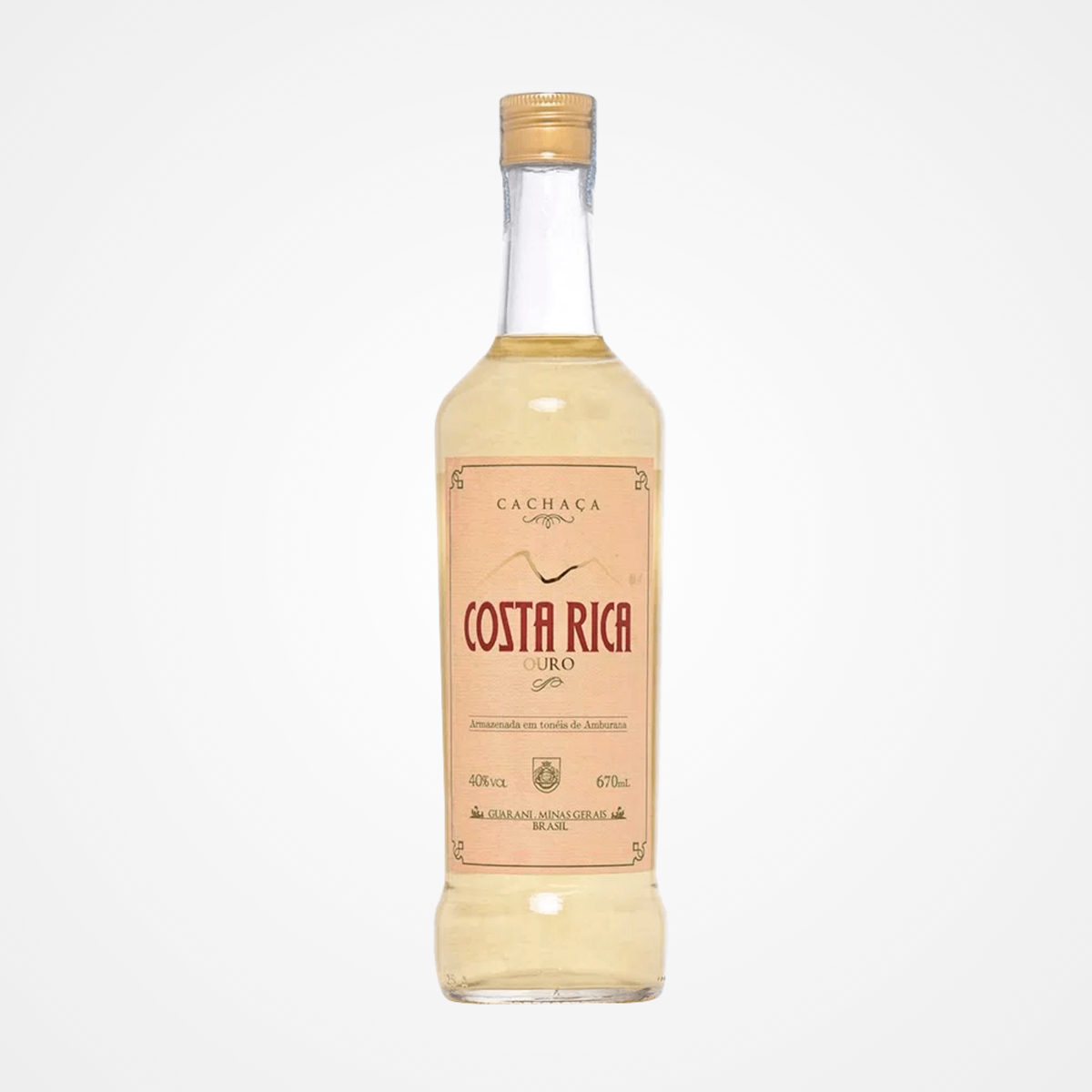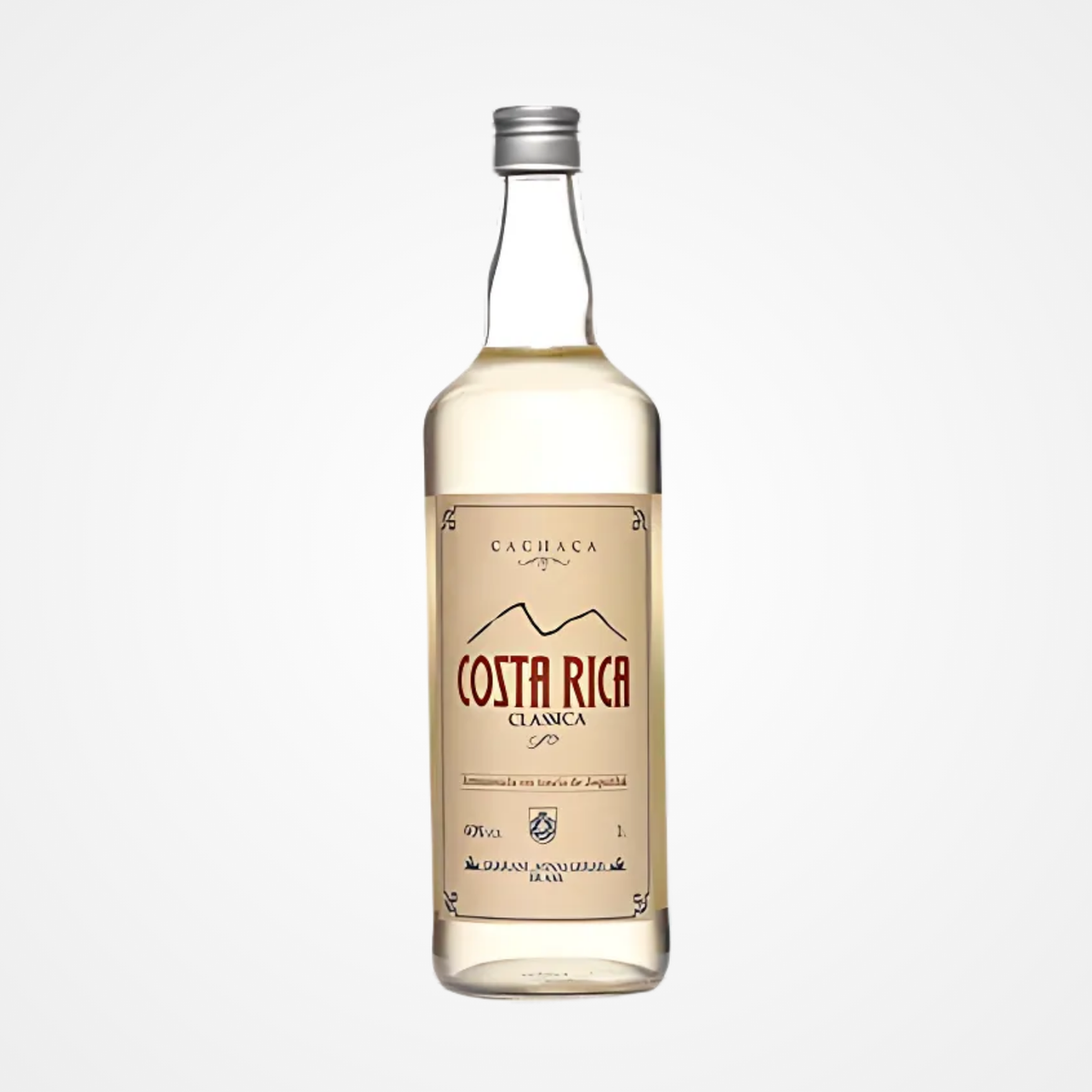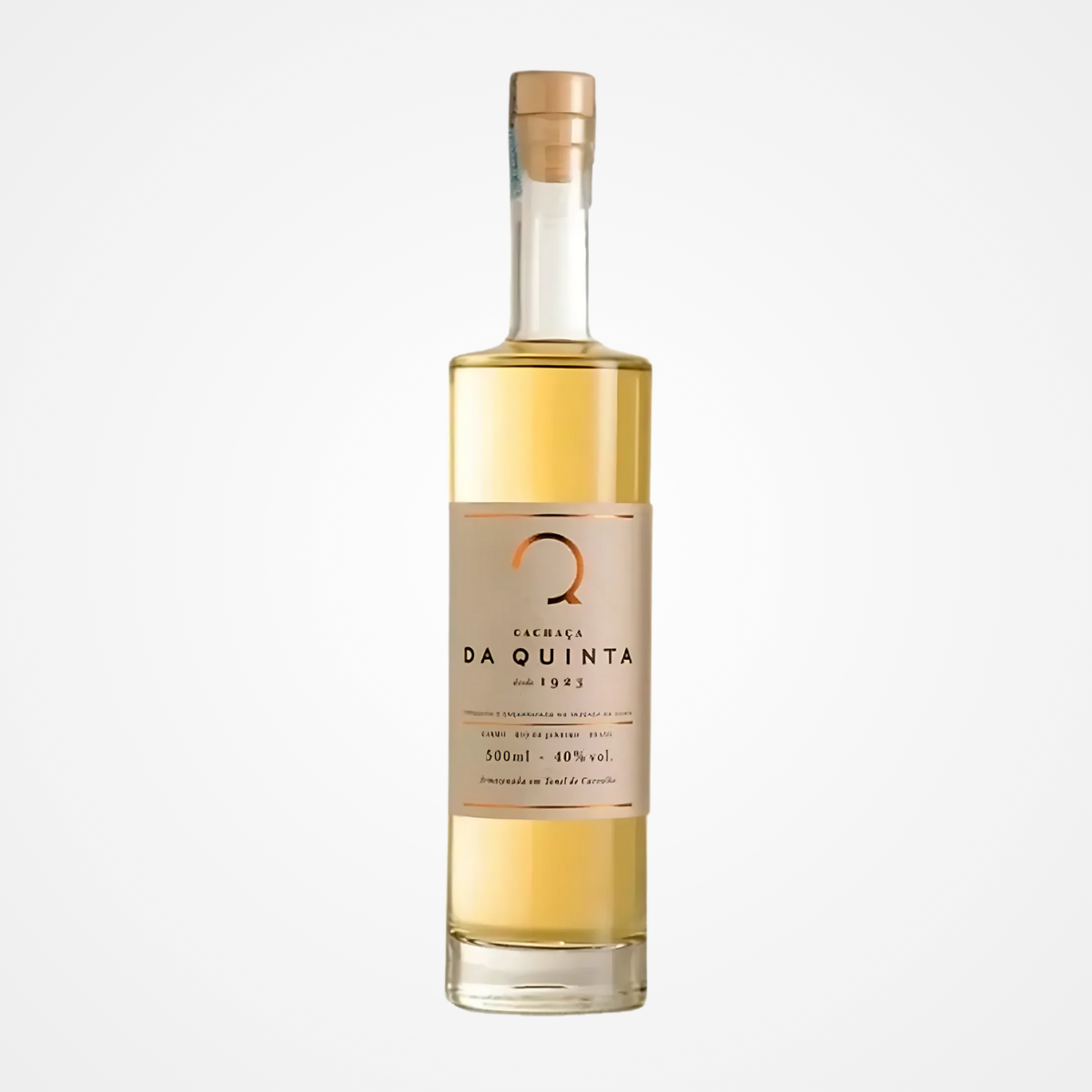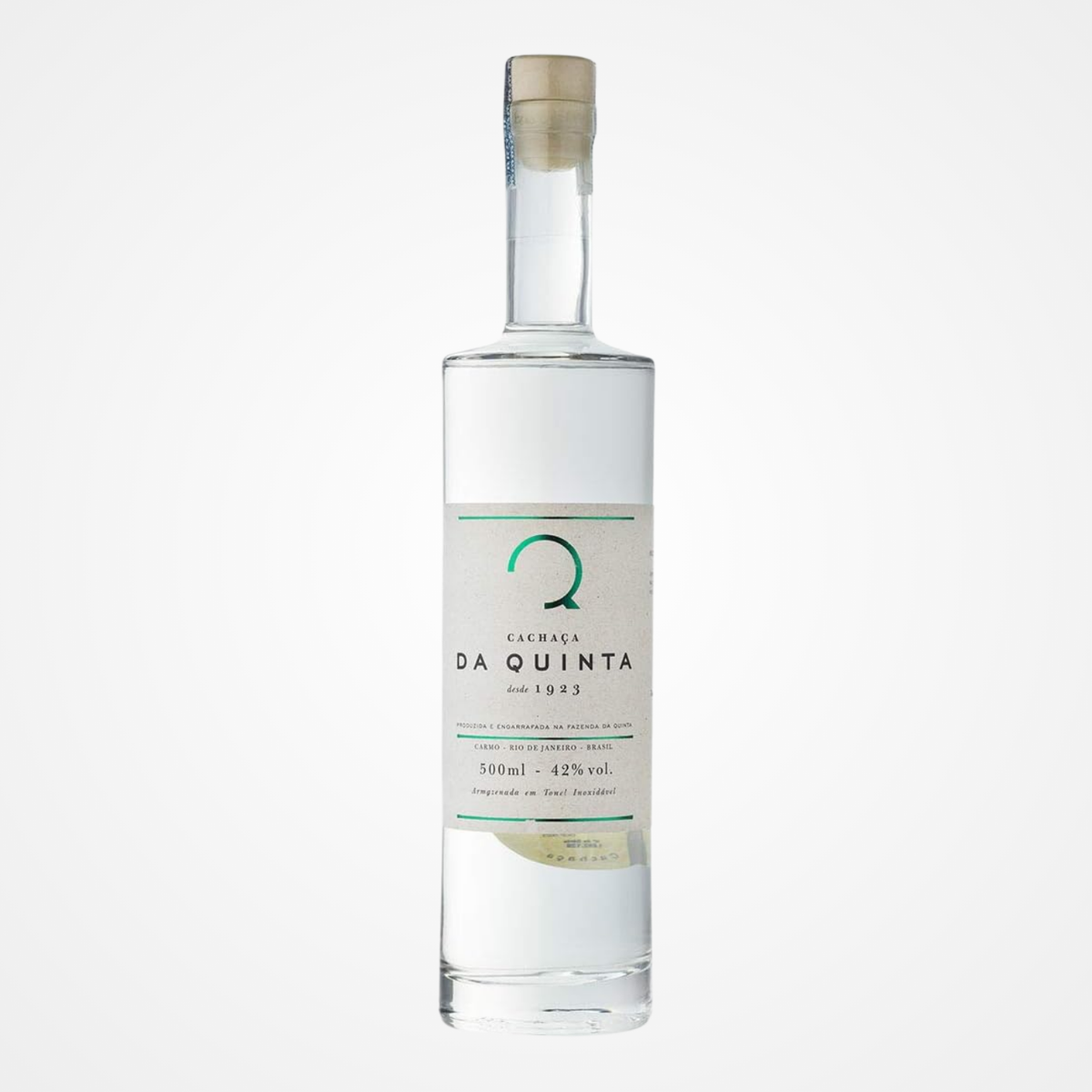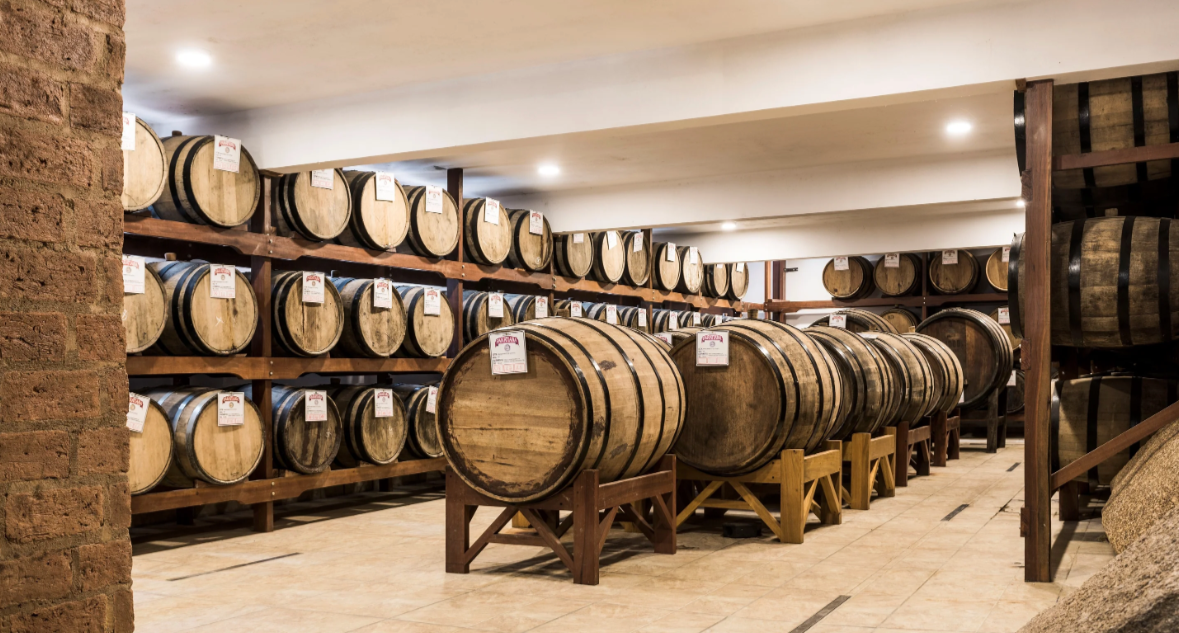The Myths and Realities of Brazilian Rum
In the twists and turns of the spirits world, Brazilian rum—or cachaça—holds a unique place. This article, combining passion and technical expertise, reveals the authenticity of its traditional production while dispelling some preconceived notions. It concludes with expert advice for an informed tasting.
Cachaça Unmasked
Unmasking cachaça, the very embodiment of Brazilian rum, is an adventure that is both fascinating and instructive. Nestled in the verdant mountains of Minas Gerais, this distilled beverage is delicately extracted from local sugarcane. The production process resembles a well-orchestrated dance: natural fermentation of fresh cane juice followed by distillation in a copper still.
What makes cachaça unique is its ability to capture and subtly preserve the primary flavors of the terroir from which it originates. Flavor notes can vary from one producer to another, but the herbaceous essence typical of sugarcane fields is often noticeable.
Nevertheless, it would be limiting to limit cachaça to the role of the main ingredient in caipirinhas. This nectar possesses a depth and complexity that merits further exploration. Many gourmets are charmed by its raw and authentic character when savored neat.
Understanding Brazilian rum therefore requires a careful exploration of the delicate aromas offered by each sip of cachaça—an unforgettable taste journey for any discerning connoisseur of exotic eaux-de-vie.
Traditional Production Methods
Have you ever considered the traditional way of producing rum in Brazil? Exploring these centuries-old techniques reveals a true passion. Brazilian master rum makers combine skill and respect for tradition for a result that constantly delights the palate.
The first step in rum production is the cultivation of sugarcane, cultivated with devotion on fertile land bathed in tropical sunshine. Once harvested, the sugarcane is pressed to collect the sweet juice for fermentation. It is this natural fermentation that gives life to the sugarcane must.
Then comes distillation, a precise process where every aspect counts to produce an exceptional rum. Some producers still use copper stills, guaranteeing a finished product rich in flavor.
The final step is aging in oak barrels for several years, where the rum develops its complexity and specific hues.
This ancestral method has proven itself and continues to be preserved by Brazilian rum artisans with admirable devotion.
Misconceptions
The Myth Dispelled
Far from the clichés, Brazilian rum is much more than a simple spirit made from sugarcane. It is often mistakenly associated with festive and exotic cocktails, thus underestimating its true flavor potential. In reality, it is distinguished by an aromatic complexity comparable to that of a grand cru classé.
The reality presented
The specificity of Brazilian rum lies in its unique production method: rather than using molasses as a fermentation base, producers opt for freshly pressed cane juice. This gives the beverage an exceptional aromatic richness and a unique flavor profile. Brazilian rum therefore deserves the full attention of discerning connoisseurs.
Tasting and appreciation
Tasting Brazilian rum, a sensory experience par excellence, relies on subtle nuances that only in-depth exploration can reveal.
The olfactory examination highlights dominant fruity and floral aromas, with notes of ripe banana, pineapple, and hibiscus. The sweetness of honey counterbalances the intensity of these tropical fragrances. On the palate, Brazilian rum presents a fascinating complexity: sweet flavors blend with spicy notes to create a rich and harmonious flavor profile.
Opinions naturally vary depending on individual preferences. Some connoisseurs favor the robustness of an oak-aged Cachaça, while others succumb to the finesse of a fresh Rhum Agricole. Experts often seek the perfect balance between smoothness and power that characterizes this South American spirit.
Whatever personal preference, there's no denying that Brazilian rum has much to offer curious and discerning palates.
